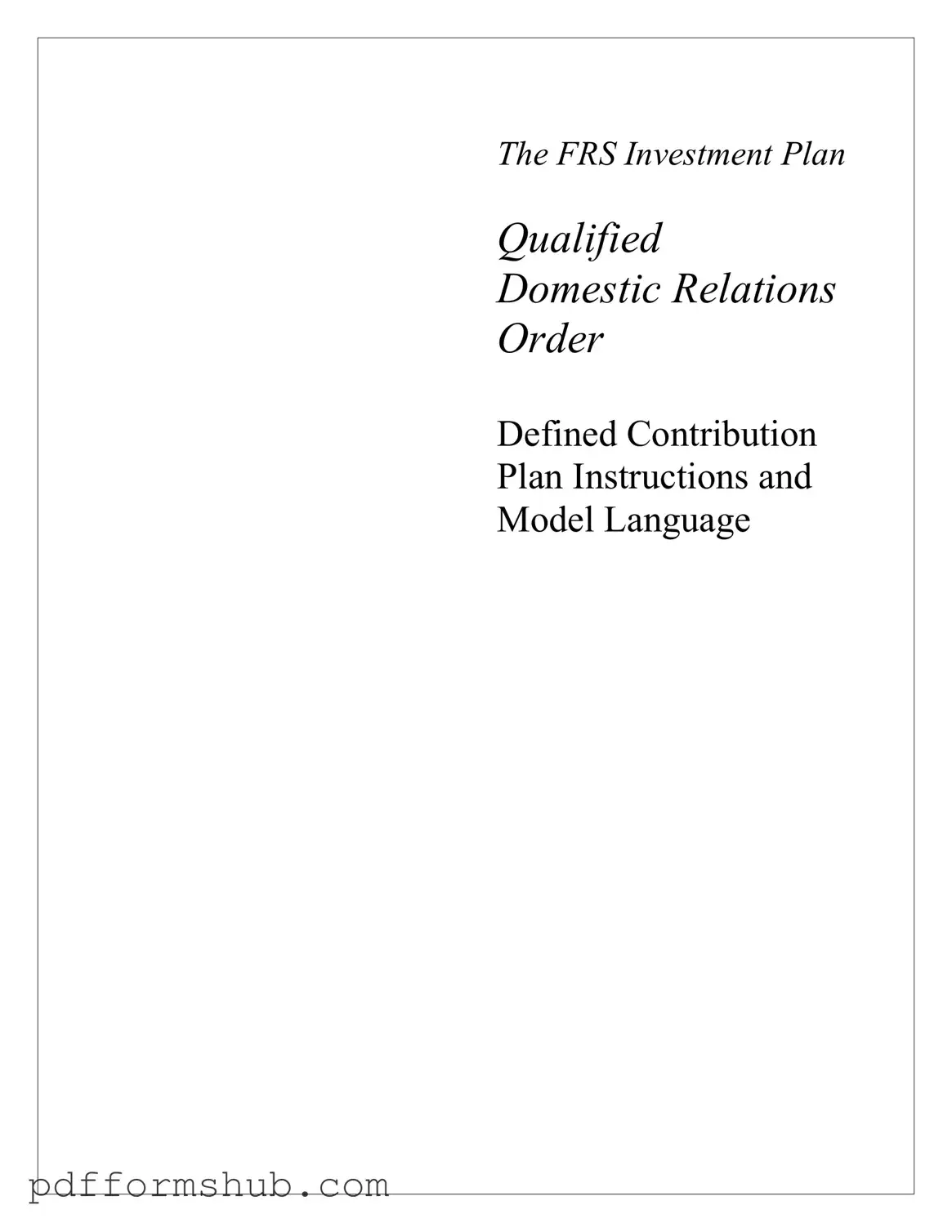When navigating the complexities of divorce or separation, understanding the Qualified Domestic Relations Order (QDRO) is crucial for ensuring a fair division of retirement benefits. This specific form is designed for defined contribution plans, such as the Florida Retirement System Investment Plan, and serves as a legal tool to assign a portion of a member's retirement benefits to an alternate payee, typically a former spouse. The QDRO form includes detailed instructions and model language that guide users through the process, ensuring compliance with legal requirements. Key sections of the form cover essential information, such as the identities of the member and alternate payee, marital history, and the specific benefits to be assigned. Additionally, the form outlines various options for determining the amount to be transferred, including straight percentages or fixed dollar amounts, while emphasizing the importance of accuracy in filling out each section. Payment procedures, including commencement dates and tax implications, are also addressed, ensuring that both parties understand their rights and responsibilities. The QDRO is not just a form; it is a critical component of the divorce process that requires careful attention to detail to protect the interests of both the member and the alternate payee.
